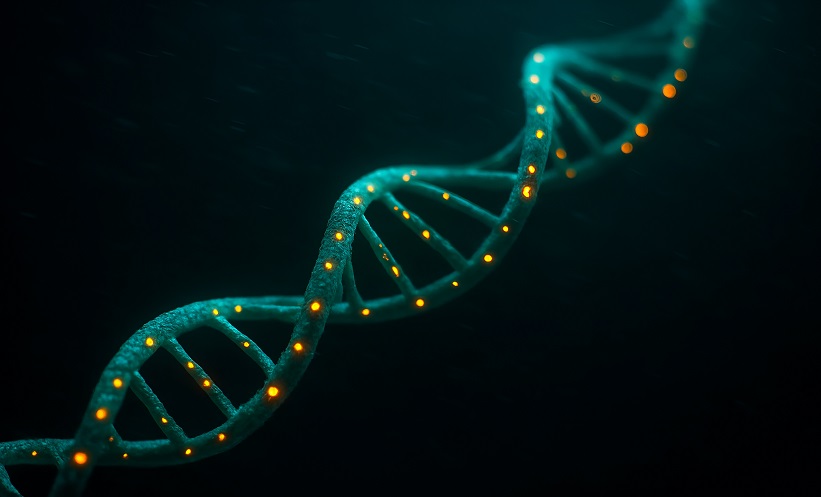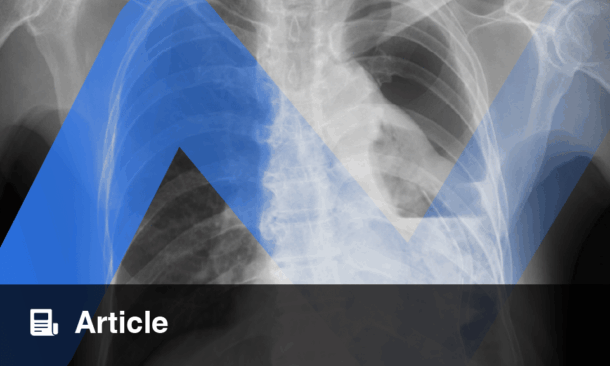TP53 was the most frequently mutated gene across many cancers and was closely associated with poorer overall survival in lung adenocarcinoma (LUAD). A recent research article explored how TP53 mutations affected the tumour microenvironment (TME) in LUAD, underlining their critical role in tumour progression and the potential implications for immunotherapy.
Defining the TP53-Mutant Tumour Microenvironment
Researchers constructed a comprehensive multiomic cellular and spatial atlas from 23 treatment-naive human lung tumours to characterise the TME shaped by TP53 mutations. Their analysis revealed that malignant cells harbouring TP53 mutations lost their normal alveolar identity. Instead, these cells exhibited a consistent upregulation of highly proliferative and entropic gene expression programmes across clinical samples, genetically engineered mouse models, and cell lines with diverse TP53 mutations.
The study also identified a unique multicellular tumour niche composed of SPP1-positive macrophages and collagen-expressing fibroblasts. This niche coincided with hypoxic and prometastatic gene expression, which in turn promoted aggressive tumour behaviour in TP53-mutant LUAD.
Immune Checkpoints and Therapeutic Insights
Spatial analysis uncovered enriched angiostatic and immune checkpoint interactions, including CD274–PDCD1 and PVR–TIGIT pathways, which were more prominent in TP53-mutant tumours. This suggested that TP53 mutations might have rendered tumours more responsive to immune checkpoint blockade therapies, highlighting a potential treatment strategy.
Clinical Implications and Future Research
Understanding the genotype-associated TME driven by TP53 mutations provided important insights into tumour biology and treatment stratification in lung adenocarcinoma. This approach could guide personalised therapies and improve prognostic accuracy. However, further studies are required to fully exploit these findings and develop novel immunotherapeutic strategies targeting TP53-mutant lung cancers.
This research advances understanding of how TP53 mutations influence tumour cells and their microenvironment, paving the way for improved clinical management of this aggressive cancer subtype.
Reference
Zhao W et al. A cellular and spatial atlas of TP53-associated tissue remodeling defines a multicellular tumor ecosystem in lung adenocarcinoma. 2024:2023.06.28.546977.








